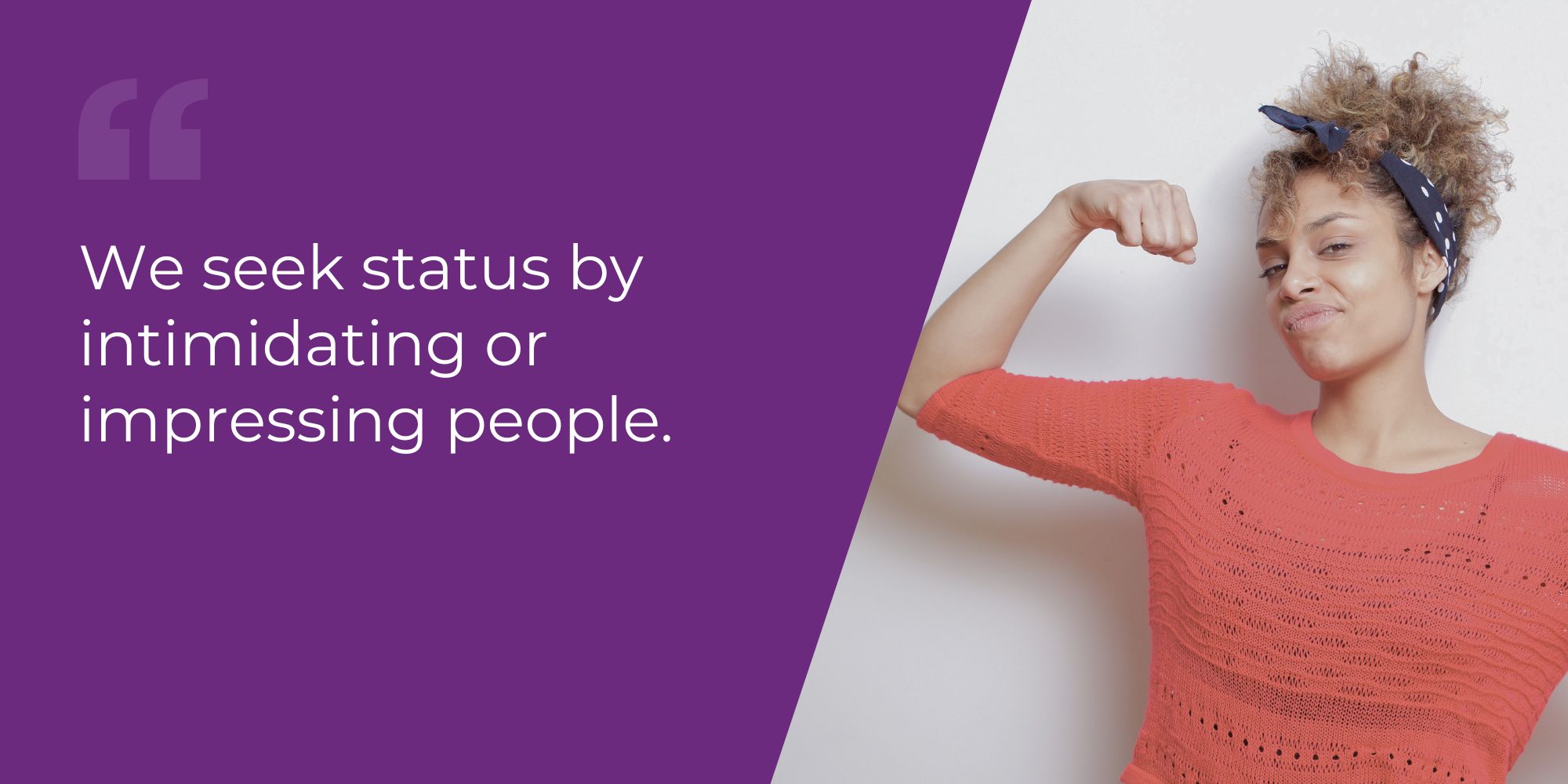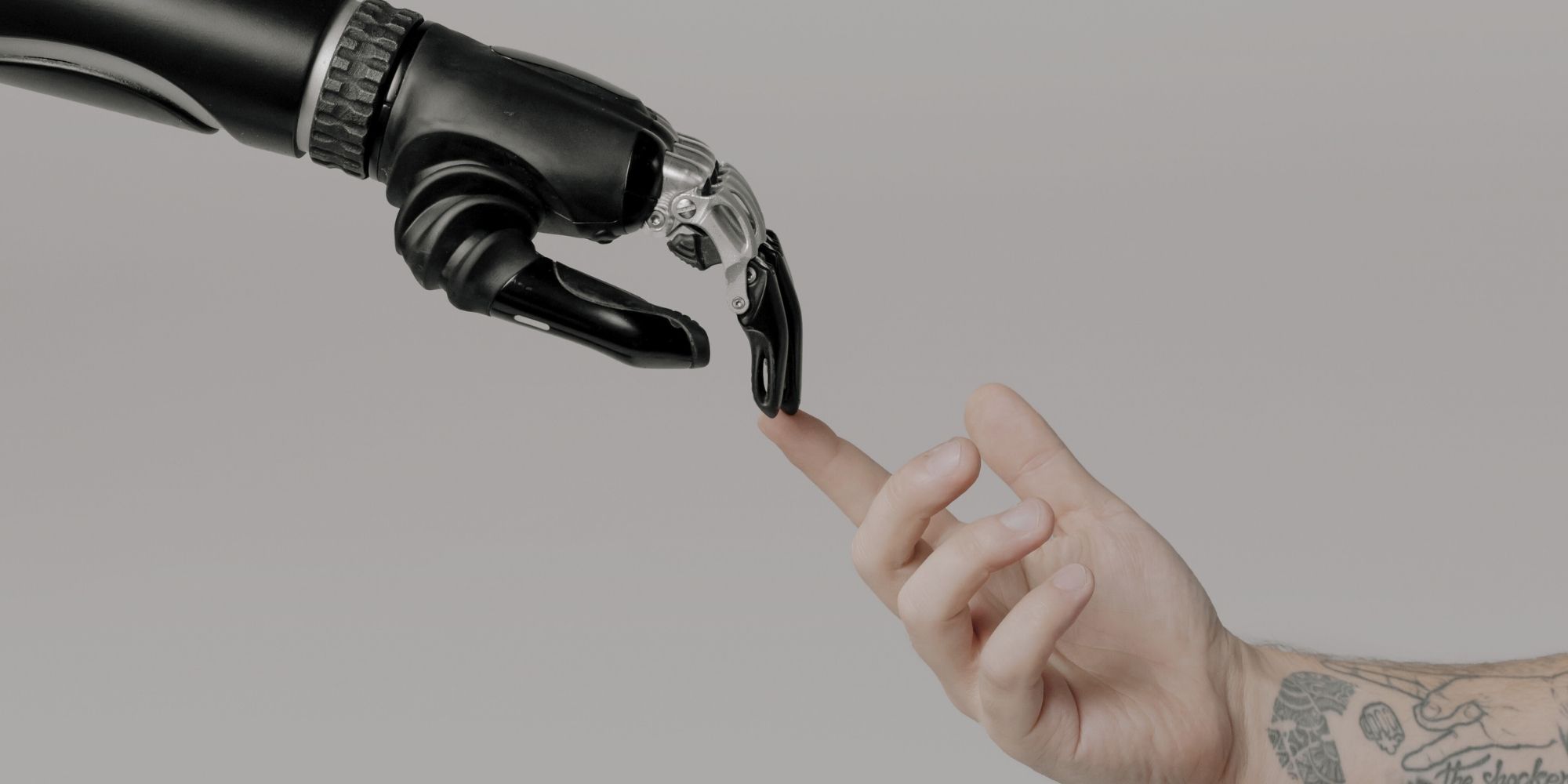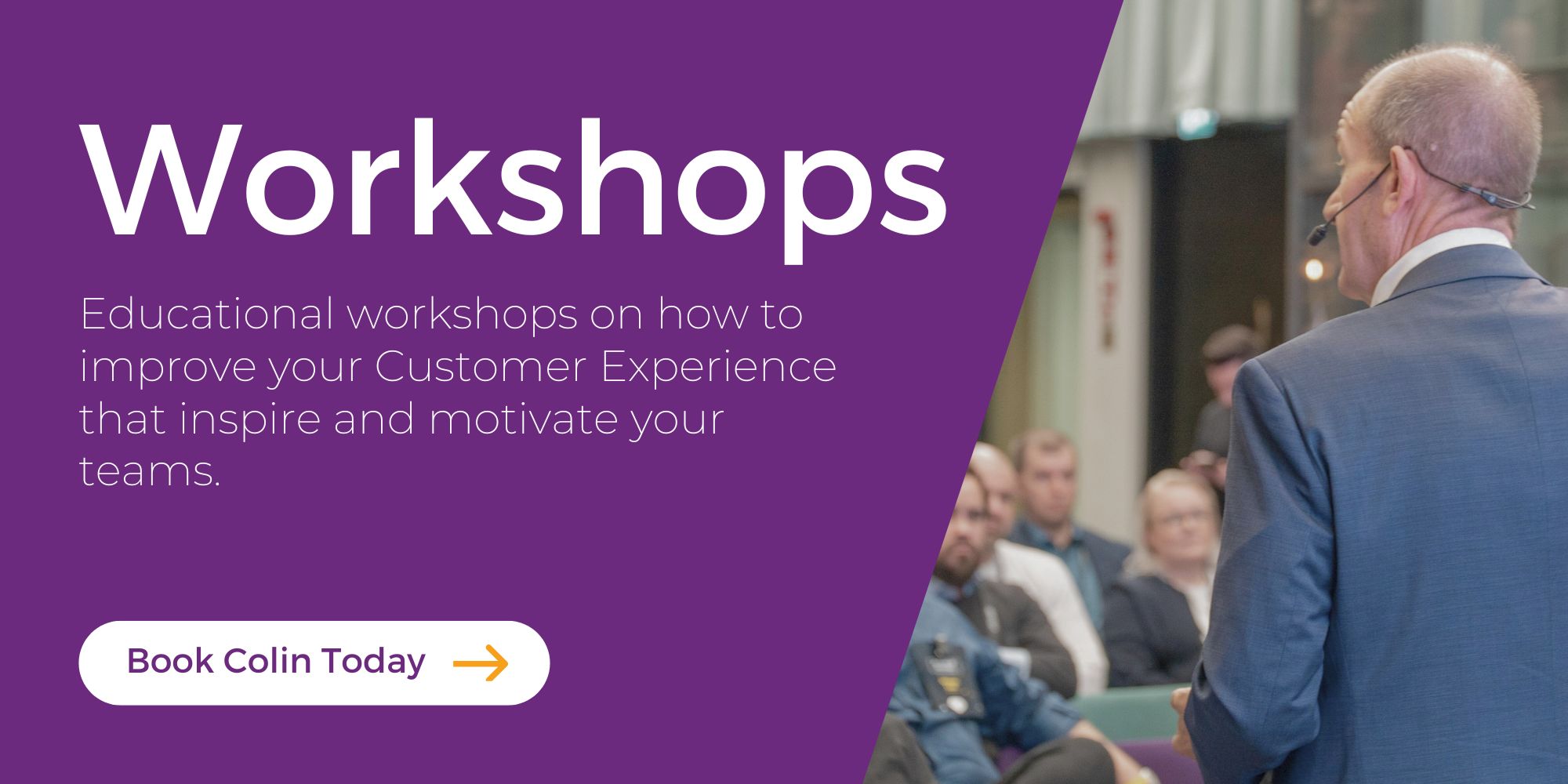Learn more about Colin Shaw: Join over 85,000 people on our LinkedIn Newsletter list or visit our website for more great podcast episodes.
Listen to the podcast:
If there is one thing Academia does well, it’s publishing research. We talk about a lot of it here in the newsletter, but three more studies were published during the time it took to publish our discussion. It can be overwhelming to keep up with what’s new.
That’s why it’s good to have help. Morgan Ward, PhD, Professor of Consumer Behavior, Marketing, Communications, and Academic researcher at Emory University, is a colleague of my podcast partner. She joined us recently to share some exciting research we might have missed. I wanted to share it here with you, too.
Her First Research to Share is Her Own about Social Status
Now, academics as a group rarely shy away from self-promotion. However, Ward is demurrer than the average academic. So, it was only after getting badgered into it by my podcast partner that Ward agreed to share her research on social status.
Ward and her research colleagues study how we choose products that emit certain sounds. In other words, she studies why customers often buy a specific type of car because it’s loud or a dishwasher because it isn’t. Ward and her colleagues wanted to know if the choices customers made in these areas denoted the social status of the customers themselves. The research team did find a relationship.
Per Ward, there are two ways to get social status in the world: by exerting dominance or through prestige. Put another way, we seek status by intimidating or impressing people. The team decided to connect these social status gains to the sounds of individual products.

I drive a quiet car. However, I’ll admit I’ve thought about buying a Dodge Challenger because it makes a lot of noise. Harley Davidson’s do, too, although I don’t fancy myself astride one of those.
Ward and her team aren’t the only ones thinking about this area of product management. Millions of dollars are directed at sound creation that connects with the product value, especially in cars and motorcycles. In these cases, sound designers pump the noise you associate with a certain engine into vehicles. Then, the driver thinks that’s the sound their car’s motor makes.
So why do people want their cars to make a lot of noise? Are they obnoxious? Not necessarily, Ward says. Most people use both routes to status, per Ward. That means everyone uses dominance and prestige. What we choose to use depends on the situation.
For instance, if Ward is teaching in the classroom, she wants to come across as both dominant with her established rules and prestigious with her display of knowledge. They are both at work simultaneously.
Do we always want status? Ward says there is a continuum. Some people are much higher status seeking than others. However, status is more than how wealthy you are and how much stuff you have (that makes loud noises). It is also about social power. Most people want at least some social power, so they have at least some desire for status.
How that status-seeking manifests takes many forms. For some people, it’s achievements in athletics, like winning a title or holding a world record. For others, it might be carrying a fancy bag or having an expensive car.
For some customers, it’s having a quiet product. For example, Dyson’s makes high-priced fans, upwards of $200. Dyson prices them high because they spend around $760 million making that fan quieter than other fans on the market. However, their customers are willing to pay a lot of money and express status with their quiet fans.

So, What is the Takeaway Here?
Regarding her research, Ward’s advice is to understand what the customer you want the product to appeal to sound-wise and what status-seeking goals these customers have. That will drive your decisions regarding sound design.
Moreover, Ward says that the sound can tank the product if it doesn’t match customer preferences. So, one should also not be cavalier with their sound design.
The Gamification of Products and Services
The second research Ward shared was about how we gravitate toward streaks of behavior. The study looks at what happens for consumers when they have a streak of some sort of behavior and what happens in particular when consumers break that streak. Do they continue to make up for it by doubling their efforts, or do they stop the behavior entirely?
There are a few examples of streaks or places you might see a brand capitalizing on streaks. First is Duolingo, an app for learning languages. There is much gamification to get you to practice your Spanish, with the app reminding you constantly to use the app that day.
Snapchat also has streaks. If you use the app or have kids that do, you probably know about these already. Many users have streaks of snapping to maintain with other members. These streaks are surprisingly motivating to keep going, so much so that when people miss it, they can reinstate it for a 99-cent charge on their credit card…and many do. (Including the kids that don’t have credit cards, so parents, that’s what those charges were.)
Headspace is also a meditation app that wants you to keep up your streak of daily meditation. The irony is that if you don’t do your daily meditation, ostensibly to reduce your daily anxiety, Headspace creates anxiety about your daily meditation.
It’s not a surprise that people want to maintain these small goals. Apps have capitalized on them by encouraging people to continue a behavior. It can have many benefits, like creating good habits or developing skills. However, it can also create detriments, like anxiety. Hence, people will spend their (or their parent’s) hard-earned money to keep one going.
Streaks are an example of an extrinsic motivator. However, studies show tradeoffs exist between extrinsic and intrinsic motivation, and specifically, when one motivation type increases, the other often decreases.
So, if the point of doing something in a streak is because you enjoy it (intrinsic) but you feel pressure to keep up a streak for social power (extrinsic), it might suck some of the enjoyment out of it for you. Less enjoyment often translates to less participation, so this area should be a critical concern to product design.

So, What is the Key Takeaway With This One?
Ward thinks this research has critical implications for products you seek repetitive use. Some would benefit from daily-use streaks, while others wouldn’t. So, ensure that what you are trying to do requires maintaining a daily-use streak for the customer’s benefit.
Then, it is important to recognize the tradeoffs between intrinsic and extrinsic motivation. If you don’t balance the two properly for your customers, you might unwittingly damage the value customers get from using your product or service, driving them away from the streak you wanted them to have.
How Consumers Interact with AI
Everybody’s talking about how AI impacted their business. Ward found some research that explores when a company should use AI and when to use a human for customer interactions. In particular, this paper dug into when it was better for either channel in a good news/bad news scenario.
The findings might surprise you. The research determined that AI should deliver bad news, and humans get good news.

So, What’s the Key Takeaway Here?
Ward says the results reflect how consumers infer the intentions of the AI versus the human. Consumers assume that AI agents are impartial. Therefore, if you learn from AI that your plane is delayed or the price increased, you don’t feel like it’s personal. The AI only reports information, so you are more receptive to hearing it than assigning motives to it.
By contrast, there are substantial benefits to delivering good news from a human. People perceive that humans have good intentions for them when they get good news.
I wonder if, at some point, this will change. We now feel this way about AI and humans, but will we always? We might sometimes infer intentionality for AI, and then the tables might turn.
One crucial part of this consumer research, Ward says, is that one cannot apply it unilaterally to every situation. Instead, think of these findings and understand a general framework. Then, with the individual situation, one can use these findings to extrapolate the specific answer they need.
There you have it. Three studies and the key takeaways from each. (Of course, now there are umpteen more to look through, but we will get to those soon.)
For now, remember that sound design has more to do with social power than you thought, so keep it customized for your target customers. Also, ensure that you understand the power of your product in a daily-use scenario before you adopt a streak-promotion strategy for your customers. Finally, let the AI deliver the bad news and have employees jump in to provide the good. These insights will help you design an experience that not only works for customers but might also work for your bottom line.

Colin has conducted numerous educational workshops, on how to improve your Customer Experience, to inspire and motivate your team. He prides himself on making this fun, humorous, and practical. Speak to Colin and find out more. Click here!


